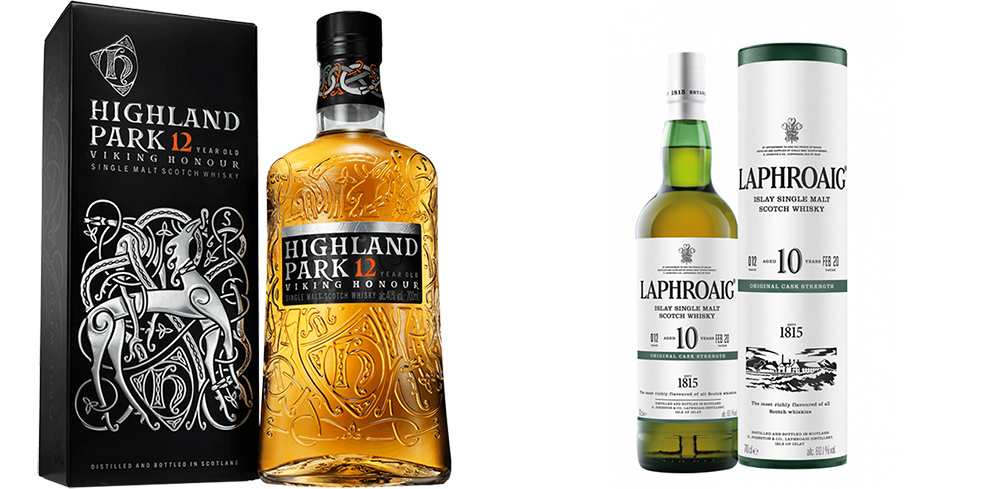By Dave Baldwin
I step outside on a frigid winter night. I take a deep breath. I smell an unmistakable scent. Someone has a fire going!
I am sure some find this enjoyable like I do. There are also some who do not care for the weather or the aroma of burning wood. As it happens, the seasons don’t linger like fumes of charring oak, and pretty soon we will be planting crops and filling swimming pools.
I will enjoy these fleeting moments.
Many of us are drawn to sensory experiences like cooking, art, and music. The same connection can also be made to wine and spirits. For me it’s whisky! There’s color, aromatics, texture, and flavor. Chief among these is an element as controversial as a whaft of low tide from the back bay, or a whiff of gasoline at the pump. I am talking about PEAT!
It’s smoke and campfire ashes. It’s medicinal iodine. It’s earthy and musty and wonderful. But not to everyone. Throughout the past 10 years of sharing my love of whisky with anyone that will listen, I have learned that some people simply don’t like peat.
But I have also learned that some people misunderstand or misinterpret peat. So I thought I would try to set the record straight.
For starters, not all whisky is peated. Not even all scotch. Smoke in other whisky styles is quite rare. So much so, that any smokey bottle of whisky (that isn’t scotch) will likely say it right on the label. Connemara Peated Irish Whiskey. Westland Peated American Single Malt. The whisky industry gets it; Don’t surprise new buyers with a smokey punch.
So what is peat?
Peat is compact decaying vegitation. It’s on its way to becoming coal. It has been used to produce scotch for as long as anyone can remember. If you dry barley with burning bricks of peat, you get smoked barley. Which in turn creates a peated spirit.
Scotch is produced all over the country of Scotland. Most distilleries choose to create whisky that is unpeated. There are a few distilleries, like Oban, who’s malt contains traces of smoke. But if I hadn’t told you that, you may not have noticed. Peated scotch comes primarily from one small island off the west coast called Islay (Eye-Luh).
Islay is known for creating the most heavily peated whiskies in the world. Not only are the malts they use heavily smoked, but the peat sources themselves are wholly unique. Islay’s maritime climate creates maritime peat! Brine and iodine. Laphroaig, Ardbeg, Lagavulin, and Bowmore are just some of the famous distilleries on Islay.
So if the label says Islay then chance are it’s peated. Heavily peated. Yes there are exceptions, but it’s a good rule to follow.
I encourage everyone though, to dip their toes in at least with the mild peat of Highland Park Magnus or 12 year old. It isn’t the full on Islay experience. (It’s made on a different island). Or jump right in the deep end with Laphroaig 10. Classic Islay! Take peat for a test drive. It might just grow on you. Afterall, it grew on me!
I will continue reaching for something smokey a little while longer until the ground thaws and my palate calls for the lighter, sweeter notes of summer.
For the past 10 years Dave Baldwin, the “Whiskey Guy” at Passion Vines Wine and Spirit Company oversees the whisky selection which includes, deciding which bottles to stock on the shelf and at our bar in Somers Point. Dave, along with a few other team members, also select the various Single Barrel store picks which are bottles unique to Passion Vines.






